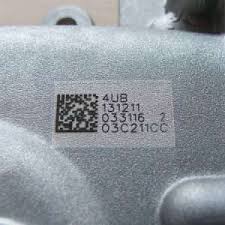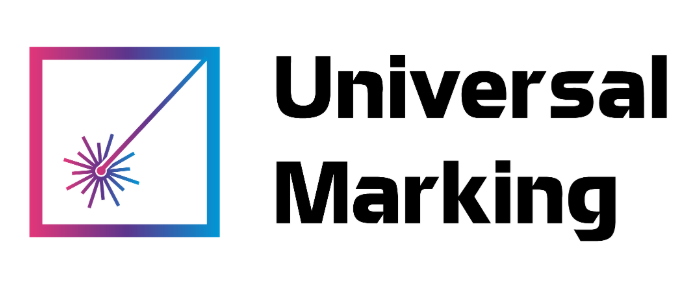Add Your Heading Text Here
Laser Coding & Marking Machine Applications
Laser coding technology revolutionizes product identification and traceability across industries by offering non-contact, high-precision, and permanent marking solutions.
1. Food & Beverage Industry
Primary Applications: Expiry Dates & Batch Codes: Laser-etch “best before” dates, production timestamps, and lot numbers directly onto packaging (e.g., cans, bottles, pouches).
Nutritional Labels: Mark variable nutritional information on flexible films or rigid containers. Barcodes/QR Codes: Enable supply chain transparency and consumer engagement via scannable codes. Compliance: Meets FDA, EU, and HACCP standards for food-safe, residue-free markings. Material Compatibility: Works on plastics, glass, coated cartons, and biodegradable packaging.

Fast Moving Consumer Goods
2. Pharmaceuticals & Medical Devices
Primary Applications: Serialization: Unique serial numbers for track-and-trace compliance (e.g., DSCSA, EU FMD). UDI (Unique Device Identification): Permanent markings on surgical tools, implants, and drug packaging. Tamper-Evident Codes: Micro-engraved security features to combat counterfeiting.
Precision: Sub-micron accuracy for legible markings on small pills, vials, or blister packs. Sterility: Non-invasive coding avoids contamination risks in cleanroom environments.

medicine
3. Electronics & Semiconductors
Primary Applications: Component Identification: Laser-mark PCBs, chips, and connectors with serial numbers, logos, or 2D codes.
Durable Labels: Create scratch-resistant markings on metal housings, cables, and circuit boards.
Anti-Tamper Seals: Micro-text or hidden codes for warranty protection.
Technology: Fiber lasers ensure high contrast on metals, ceramics, and heat-sensitive substrates.
4. Automotive & Aerospace
Primary Applications:
VIN (Vehicle Identification Numbers): Permanent etching on chassis, engines, and critical parts.
Part Traceability: QR codes or data matrices for supply chain management and recalls.
Safety Compliance: Markings resistant to extreme temperatures, oils, and abrasion.
Durability: Ensures readability throughout a component’s lifecycle, even in harsh environments.

Auto Parts
5.Packaging & Consumer Goods
Primary Applications
Branding & Customization: High-resolution logos, promotional messages, or seasonal designs.
Variable Data Printing: Unique codes for loyalty programs, anti-counterfeiting, or regional compliance
Eco-Friendly Coding: Eliminate ink waste on recyclable/compostable packaging.
Flexibility: Supports curved, textured, or transparent surfaces (e.g., PET bottles, luxury gift boxes).
6. Industrial Manufacturing
Primary Applications:
Asset Tagging: Laser-mark tools, machinery, and molds with ownership or maintenance data.
Barcode Integration: Seamless synchronization with IoT-enabled smart factories
Safety Labels: Hazard warnings or operating instructions on equipment.
Speed: High-throughput coding for mass production lines without slowing cycle times.
Technical Advantages Enabling Diverse Applications
1.Material Versatility:
1.Compatible with metals, plastics, glass, rubber, leather, and composites.
2.No pre-treatment or post-processing required.
2.Precision & Adaptability:
1.Adjustable wavelength (fiber, CO2, UV) for optimal results on any surface.
2.Dynamic focus systems for curved or uneven geometries.
3.Sustainability:
1.Zero consumables (inks, solvents) reduce operational costs and environmental impact.
2.Energy-efficient operation aligns with ESG goals.
4.Smart Integration:
1.Compatible with Industry 4.0 ecosystems (ERP, MES, PLCs)
2.Real-time data synchronization for agile production.

